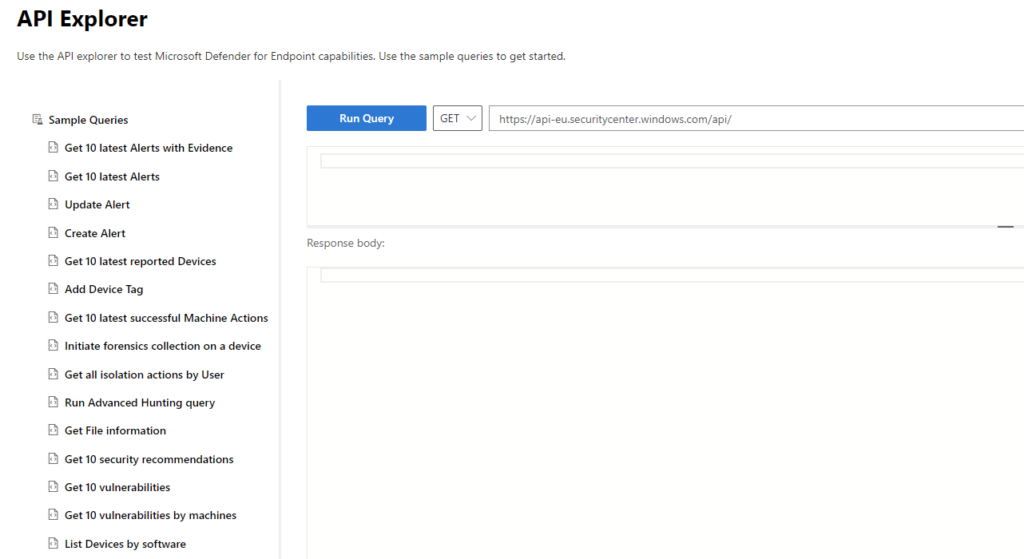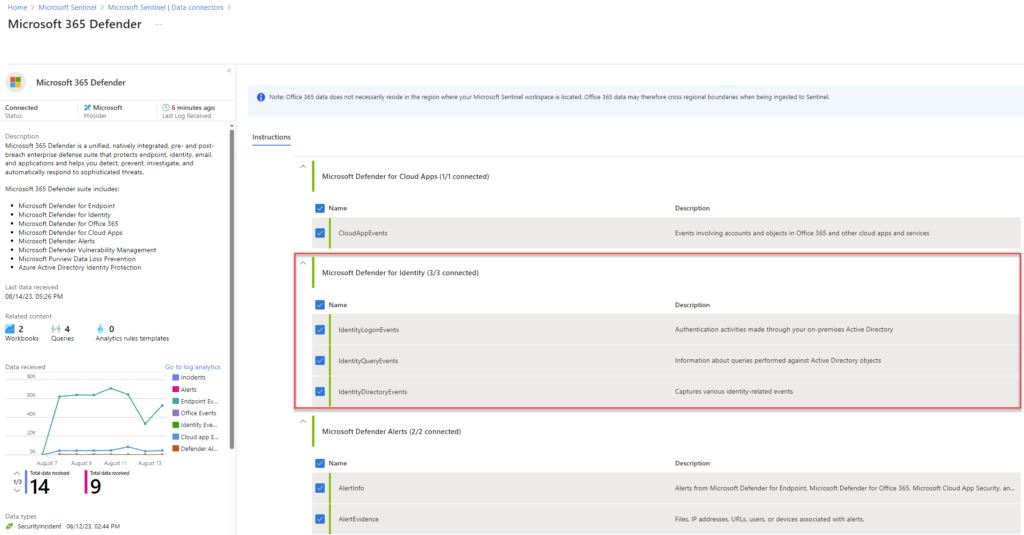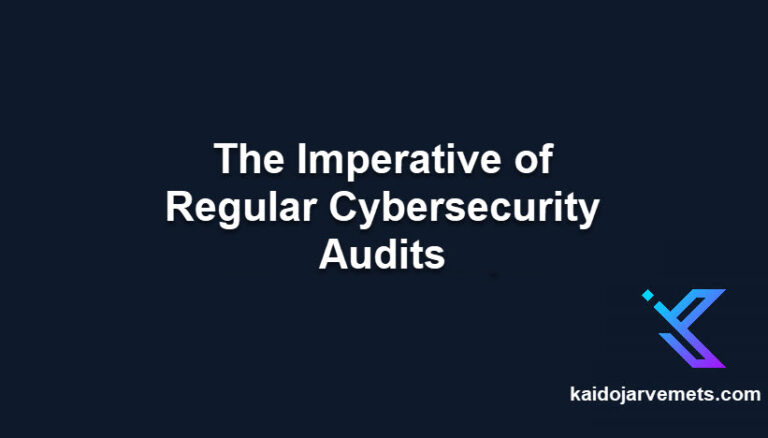The Power of Integration: Why It’s King
In our rapidly evolving digital world, the mantra “integration is king” has never been more relevant. The seamless fusion of tools and platforms is not just a luxury but a necessity for businesses aiming to stay ahead in the cybersecurity game. This is one of the primary reasons why many, including myself, are drawn to Microsoft’s hybrid cloud infrastructure and security solutions. The ease of implementation, combined with a minimal footprint, makes it a top choice for modern businesses.
Microsoft’s offerings stand out not just for their individual capabilities but for their seamless integration potential. This integration simplifies processes, ensuring there are no “black boxes” in the system. With automation tools directly from Azure, such as Azure Logic Apps and Azure Automation, businesses have a robust toolkit at their disposal. Furthermore, with powerful identity services like Entra ID (formerly Azure AD) Privileged Identity Management and Conditional Access, the identity management landscape is further strengthened.
The Need for Integration
In today’s dynamic cyber landscape, threats are not isolated events but part of a complex web of interconnected challenges. As businesses expand their digital footprints, they inevitably increase the number of potential entry points for malicious actors. This complexity underscores the importance of a holistic security approach, where individual tools don’t operate in silos but as part of a cohesive defense mechanism.
Microsoft Defender for Identity (MDI) represents this integrated approach. Here’s why:
- Unified Threat Detection: By integrating MDI with other security solutions, businesses can correlate data across multiple sources, leading to faster detection of sophisticated threats.
- Consistent Security Posture: Integration ensures that security protocols and policies applied through MDI align with the organization’s broader security strategy.
- Efficient Response Mechanisms: Integration with tools like Microsoft Sentinel streamlines the response process, enabling swift and decisive actions by security teams.
- Future-Proofing Security: The ever-evolving cyber threat landscape demands an agile approach. Integration ensures that businesses can adapt to new threats while evolving their security infrastructure.
- Optimized Resource Utilization: Integration often automates repetitive tasks, allowing IT teams to focus on strategic activities.
The MDI offers state-of-the-art capabilities to safeguard digital identities, its integration with existing security infrastructure amplifies its efficacy. This ensures businesses are not only protected but also future-ready.
Seamless Integration with Active Directory
One of the standout features of Microsoft Defender for Identity (MDI) is its ability to directly integrate with Domain Controllers. This direct integration means that businesses don’t need to invest in separate infrastructure or additional hardware to deploy MDI. By installing the MDI sensor directly on the Domain Controller, organizations can leverage real-time monitoring and threat detection without the overhead of managing additional infrastructure.
This approach offers several advantages:
- Simplicity and Efficiency: By eliminating the need for separate infrastructure, the deployment process becomes straightforward, reducing the time and resources required for setup.
- Real-time Monitoring: With the sensor directly on the Domain Controller, MDI can monitor activities in real-time, ensuring immediate detection of any suspicious activities or potential threats.
- Cost-Effective: Direct integration means fewer components to manage and maintain, leading to cost savings in the long run.
- Enhanced Performance: Without the need for data to travel between separate systems, the performance is optimized, ensuring swift threat detection and response.
- Scalability: As the organization grows and more Domain Controllers are added, MDI can easily scale by simply installing sensors on the new controllers, ensuring consistent protection across the board.
Cloud Compatibility and Modern Infrastructure
The digital transformation wave, with the cloud at its helm, has revolutionized the way businesses function. As organizations increasingly adopt cloud solutions, the imperative for security tools that seamlessly integrate with cloud environments grows. Microsoft Defender for Identity (MDI) stands out with its forward-thinking, cloud-centric approach.
- Adapting to the Cloud Evolution: MDI isn’t confined to on-premises environments. It’s designed to move in tandem with businesses as they transition to the cloud. This alignment with the cloud ensures that organizations can harness the benefits of scalability, agility, and innovation inherent in cloud platforms, all under the umbrella of a secure framework.
- Staying Ahead of the Curve: In the ever-evolving tech landscape, adaptability is crucial. MDI’s cloud-aligned approach ensures that organizations are not only equipped to tackle present-day challenges but are also prepared for future technological shifts and threats.
- The Cloud’s Role in Contemporary Business: Agility and adaptability are paramount in the current business milieu. The cloud empowers businesses with these very attributes, enabling rapid scaling, swift pivots, and continuous innovation. MDI’s compatibility with cloud environments ensures that businesses can maximize these benefits without trading off security. It acts as the linchpin, connecting modern business dynamics with robust cybersecurity measures.
Microsoft Defender for Identity, with its cloud-centric philosophy, acknowledges the transformative impact of the cloud on today’s business operations. By integrating this approach into its security framework, MDI ensures businesses can embark on their digital journeys with the assurance that their identities remain protected at every juncture.
API and Advanced Integration with Microsoft 365 Defender Portal
In the ever-evolving tech landscape, seamless integration and customization are more crucial than ever. Microsoft, with its forward-thinking approach, has equipped the Microsoft 365 Defender portal with advanced API capabilities. This not only emphasizes the portal’s adaptability but also its alignment with the diverse needs of modern businesses.
- Unified API Advantage: The APIs from the Microsoft 365 Defender portal act as connectors, bridging various software solutions. This includes not just Microsoft Defender for Identity (MDI) but also Defender for Endpoint, Defender for Office, and more. These robust API offerings allow organizations to tailor functionalities, ensuring compatibility with both custom and third-party platforms.
- Flexible Integration: Moving away from a one-size-fits-all approach, the API capabilities of the Microsoft 365 Defender portal allow for bespoke integrations. Whether integrating a specialized internal tool or a popular external application, the portal’s adaptability ensures a seamless experience, reinforcing the harmony of the IT ecosystem.
- Automation for Enhanced Efficiency: By leveraging the API, businesses can automate repetitive tasks, optimizing workflows. This not only enhances operational efficiency but also solidifies security measures, minimizing potential human errors.
- Future-Ready Tech: The digital realm is dynamic, necessitating agile tools. The Microsoft 365 Defender portal, with its emphasis on API and advanced integrations, is not just equipped for today’s challenges but is also prepared for tomorrow’s innovations.
The Microsoft 365 Defender portal, with its comprehensive API approach, showcases Microsoft’s commitment to providing businesses with a versatile and forward-thinking security solution. For firms seeking a security platform that integrates effortlessly with their existing infrastructure and is equipped for future tech evolutions, the Microsoft 365 Defender portal stands out.
Unified Security with Microsoft Sentinel
The cybersecurity landscape is vast and ever-evolving. In such a scenario, isolated security solutions can sometimes leave vulnerabilities exposed. This is where the combined might of Microsoft Defender for Identity (MDI) and Microsoft Sentinel steps in, offering a cohesive shield against cyber adversaries.
- A Dual Powerhouse: MDI excels in protecting digital identities, especially within Active Directory, while Microsoft Sentinel shines as a cloud-native SIEM solution, casting a wide net across the digital domain. Their combined prowess offers an all-encompassing view of security events, ensuring comprehensive threat coverage.
- Harmonized Integration: The synergy between MDI and Microsoft Sentinel is evident in their integration capabilities. MDI’s ability to relay its alerts to Microsoft Sentinel centralizes security events, offering a consolidated view. This not only simplifies monitoring but also accelerates the response mechanism.
- Spotting the Stealthiest Threats: The combination of MDI’s specialized threat detection and Microsoft Sentinel’s extensive data analytics ensures that even the most covert threats are identified. Whether it’s a compromised identity or a complex persistent threat, their unified approach guarantees prompt detection and action.
- Evolving with the Times: The world of cyber threats is in constant flux. The integration between MDI and Microsoft Sentinel underscores Microsoft’s dedication to equipping businesses with tools that are relevant today and adaptable for tomorrow’s challenges.
The integration between Microsoft Defender for Identity and Microsoft Sentinel marks a significant stride in cybersecurity. It underscores the importance of not just individual tools, but their collaborative strength in offering businesses a comprehensive, forward-thinking security strategy. In the face of growing cyber challenges, such a unified approach is not just commendable but indispensable.
Protection Beyond Active Directory
Microsoft Defender for Identity (MDI) is widely recognized for its stellar protection of Active Directory (AD). However, its protective reach extends further, encompassing the equally vital Active Directory Federation Services (AD FS).
- Broadening the Security Horizon: AD FS is instrumental in many organizational setups, bridging seamless interactions between trusted entities. It streamlines single sign-on (SSO) capabilities, granting users access to a multitude of applications using a singular credential set. Given its pivotal role in identity management, the security of AD FS is as paramount as that of AD.
- Customized Safeguard for AD FS: Grasping the integral role of AD FS in contemporary IT frameworks, Microsoft has endowed MDI with specialized functionalities to vigilantly monitor and shield AD FS ecosystems. This ensures prompt detection and rectification of any malevolent activities or susceptibilities targeting AD FS.
- Upholding Authentication Integrity: Authentication is a cornerstone of AD FS. MDI’s vigilant oversight ensures this crucial process remains untainted by timely identifying on-premises onslaughts against AD FS servers. This vigilance ensures the sanctity and trustworthiness of a pivotal gateway in numerous IT configurations.
- A Comprehensive Security Blueprint: MDI’s extension of protective measures to encompass AD FS, in addition to AD, underscores its commitment to a well-rounded security paradigm. It mirrors Microsoft’s foresight in recognizing that in our intricately woven digital world, every facet of an organization’s IT blueprint merits unparalleled security.
To encapsulate, while Active Directory is undeniably central to MDI’s protective mandate, its security vision is far-reaching. By integrating AD FS into its protective fold, MDI guarantees businesses a multifaceted defense strategy, ensuring the safety of not only their digital identities but also the essential processes they hinge upon.
ADCS Support
The recent addition of a sensor for Active Directory Certificate Services (AD CS) to Microsoft Defender for Identity (MDI) addresses a critical aspect of cybersecurity. AD CS, a role in Windows Server, manages the creation and distribution of public key infrastructure (PKI) certificates, essential for trusted communication and user authentication. With AD CS being a potential target due to its vulnerabilities, especially when misconfigured, the new MDI sensor offers timely detections for suspicious activities. This includes unauthorized domain-controller certificate issuance, audit log alterations, and unexpected changes to AD CS settings. By monitoring these activities, MDI provides organizations with actionable insights to address vulnerabilities and enhance their security posture around AD CS.
Conclusion
In the digital age we navigate, the importance of safeguarding digital identities and the systems that manage them cannot be overstated. Microsoft Defender for Identity (MDI) has risen to this challenge, expanding its protective reach not just to Active Directory, but also to Active Directory Federation Services (AD FS) and Active Directory Certificate Services (AD CS).
When we talk about integrating MDI into our security infrastructure, we’re talking about a proactive approach to defense. This integration not only shields us from targeted attacks on these essential services but also creates a unified, layered defense strategy across our entire IT framework. And let’s not forget the seamless collaboration of MDI with platforms like Microsoft Sentinel, which amplifies its effectiveness, giving us a comprehensive view of security events and enabling rapid threat response.
As we witness the relentless evolution of cyber threats, the versatility and breadth of MDI’s protection, spanning AD, AD FS, and ADCS, combined with its advanced integration capabilities, make it a cornerstone for any organization striving for robust cybersecurity in this dynamic landscape
Call to Action
Are you ready to fortify your organization’s digital defenses and stay a step ahead of cyber threats? Don’t miss the opportunity to join my upcoming exclusive webinar, where I dive into the world of Microsoft Defender for Identity (MDI) and explore its comprehensive implementation process. This webinar is designed to empower you with the knowledge and tools you need to enhance your organization’s cybersecurity posture.
Reserve Your Spot Today
Mark your calendar for Thursday, September 14, 2023, from 10:00 AM to 12:00 PM Pacific Time (US & Canada). The webinar will be hosted on Microsoft Teams, providing you with a convenient and interactive platform to learn from a cybersecurity expert.
Limited Spaces Available
Space is limited, so make sure to secure your spot early. To register for this free webinar and gain valuable insights into mastering the implementation of Microsoft Defender for Identity, please complete the registration form. Registration form – Mastering Microsoft Defender for Identity: A Comprehensive Guide to Implementation – Kaido Järvemets (kaidojarvemets.com)
Empower Your Cybersecurity Journey
In addition to the webinar, explore my Defender for Identity and Sentinel service offerings to learn how I can assist in implementing and optimizing these solutions for your business. For deeper insights, discussions, and expert advice, consider joining my blog membership and be part of a community that prioritizes cybersecurity excellence.
Don’t Wait for a Breach
Be proactive and safeguard your organization’s future today. Cyber threats are evolving, and preparation is key. By taking steps now to enhance your cybersecurity measures, you’re investing in the resilience and security of your organization’s digital assets.
Reserve your spot now and take the first step towards a more secure future.








